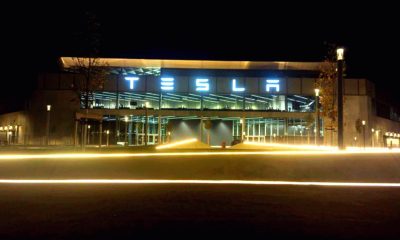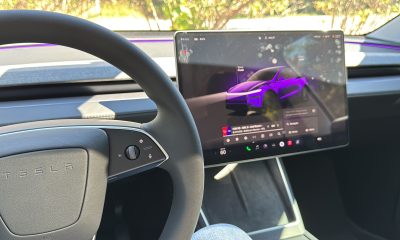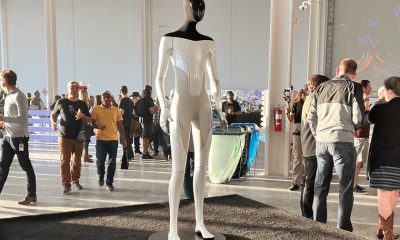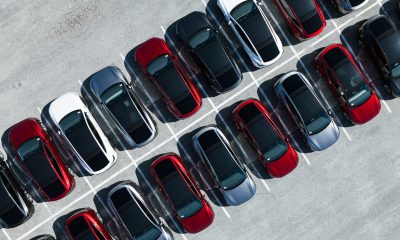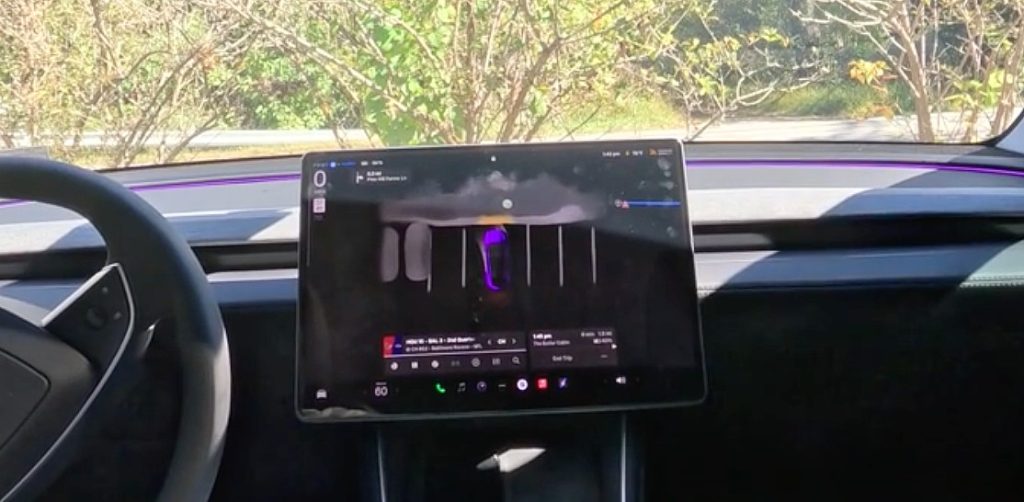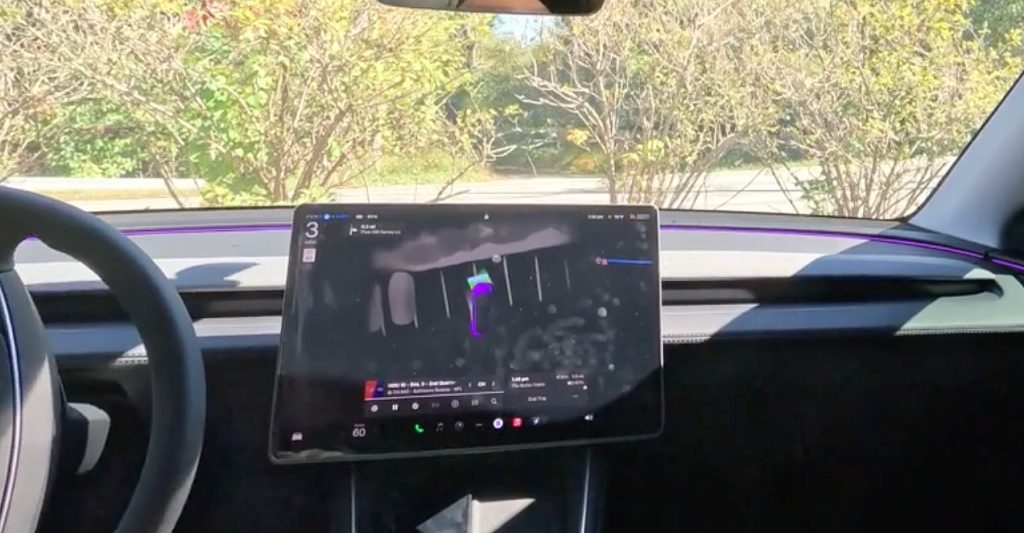News
Who will forego owning a car when Tesla’s ride-sharing service becomes available?
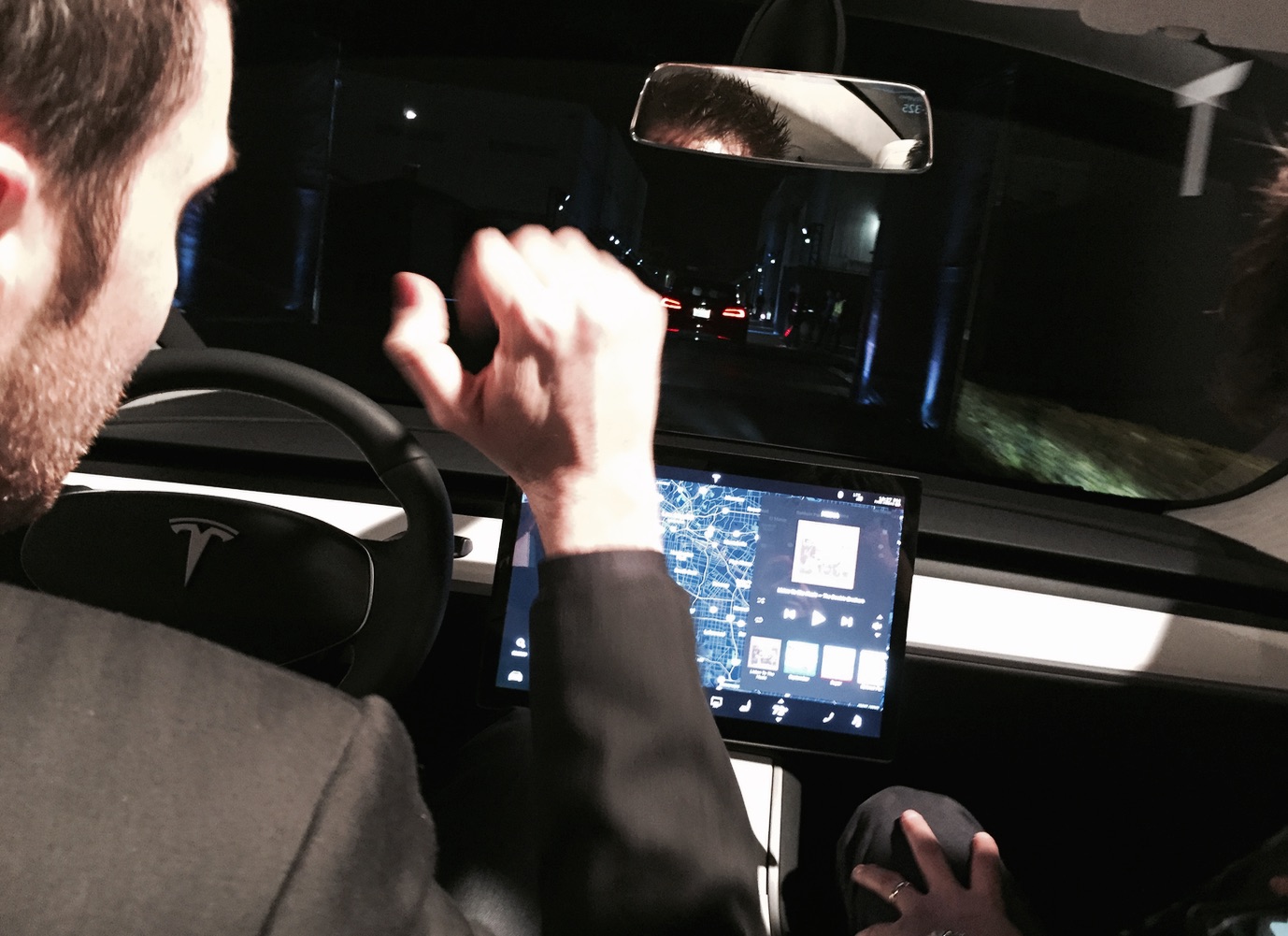
Picture this: no car payment, no car insurance, no circling the block looking for parking and no depreciation. Foregoing car ownership sounds pretty great. Why is it then that so many Americans insist on having a car? Simply stated: freedom.
Somewhere after the years of public transit, biking many miles or begging your parents for a ride, most of us got our own set of wheels. For some of us, it came in the form of a $900 death trap of a car that shook violently above 55 miles per hour. For others, an uncool but reliable toaster of a car. The car world as we have known it has always meant that unless you live and work in a major city with great public transportation, a personally owned vehicle is about the only convenient way to travel from point A to point B on a regular basis. This is especially true for families. If you’ve never been on a bus or subway with a baby in a stroller, spare yourself the circus. It’s also true depending on exactly which neighborhood you live in, even if you are in a major city. Taxicabs, where available, are far more convenient than public transportation, but certainly aren’t widely available outside of the most densely populated metro areas and at least to me, have always been cost prohibitive to use for any more than a special occasion. To reiterate the point, we all like freedom. And convenience. We like to go where we want to when we want to, without standing on a bus or watching a train timetable.
Ride-sharing services such as Lyft and Uber have upended the traditional taxicab model and, in many markets, undercut the price while providing a superior service. I certainly enjoyed riding in a flawlessly clean Kia Optima Hybrid Saturday night with a chatty and friendly driver far more than the high mileage, stale smelling, yellow Crown Vics that pass as taxis in Philly. The before and after experience are far better as well. Smart phone apps tell you who will be picking you up, in which kind of car, and exactly how far away they are. Cabs still require being flagged down and the joke’s on you when the 5th one passes you by with the “vacant” indicator light in use but passengers in the rear. Afterwards, you get notified that your credit card was charged in some amount that you had already been prepared for. In a taxi, you either pull out cash when you see the ever-surprising sum due or watch the driver give you an attitude for using their in-car credit card machine.
Trends are already developing among young adults to move into thriving urban areas, work nearby and pass up owning their own wheels. A lot of reasons contribute but the ease of using ride-sharing services is certainly one of them. What I’d like to explore here is whether or not this trend will grow – both among young adults as well as others – as autonomous vehicles come to market and bring with them the possibility that ride-sharing services will be even more common and affordable. I offer below a few categories of people and my assessment on whether or not they may give up a car in favor of autonomous vehicle ride-sharing.
TARGET: YOUNG, SINGLE, URBAN DWELLER. ANSWER: YES.
These folks are already the group that are giving up cars today, so surely they’ll continue to do so when that option becomes cheaper and even more widely available.
TARGET: YOUNG, SINGLE, ANYWHERE ELSE DWELLER; ANSWER: PROBABLY.
These folks will share many of attributes of those who forego car ownership today. They will, on average, have student loan debt to tackle and plenty of familiarity with smart phones.
TARGET: TWO ADULT HOUSEHOLD WITH NO KIDS. ANSWER: MAYBE.
This group of folks may be willing to forego one car in the household. Depending on their age and familiarity with today’s ride-sharing offerings, they could be the perfect target to give up one car. This demographic is the one I belong to. Having jobs in opposite directions makes owning two cars the most convenient option, but outside of the work commute, the second car never moves.
TARGET: TWO PARENT FAMILY. ANSWER: PROBABLY NOT.
Children are required to ride in car seats for quite a few years these days. For that reason alone, I would imagine ride-sharing to be more trouble than it’s worth. If, like the two-adult household with no kids one car is solely used as a commuter, that one could probably be given up. But the way I understand today’s modern family to work, either parent has to be ready to spring into action with little notice if daycare gets shut down due to snow or Junior gets sick in school.
TARGET: MATURE ADULTS. ANSWER: HOPEFULLY.
This is where I’d really like to see ride-sharing take off. If you are fortunate enough to make it to old age, your eyes or reflexes may not join you in their youthful form. The mature adults I’ve been close with have all wanted to continue driving beyond the point that in their individual circumstances, was probably wise. I get it. Freedom. When you’re a feisty octogenarian with an old habit of going to the grocery store daily (a holdover for the decades when you hid your smoking habit from everyone) it must be impossible to imagine yourself sans keys. If we can invent these cars, surely we can also invent easy ways of calling one up for a customer who isn’t particularly interested in owning or operating a smart device. (A telephone dialing service, perhaps – especially helpful for those with vision problems.)
AS FOR ME?
I just got done telling my better half that due to his short commute and our never using our second car outside of the work day, we could easily ditch car number two and have him Uber to work. The conversation was short-lived, as I have the longer commute and he has no interest in handing over the Model S fob to me on a permanent basis. In theory though, might it work? Yes. Would I end up doing it? Probably no. I’d be more inclined to owning an autonomous Tesla and letting it work for me such that the overall cost of owning and operating it was comparable to using a ride-sharing service in place of owning one.
The why is simple: freedom.
News
Tesla plant manager tips off affordable model production
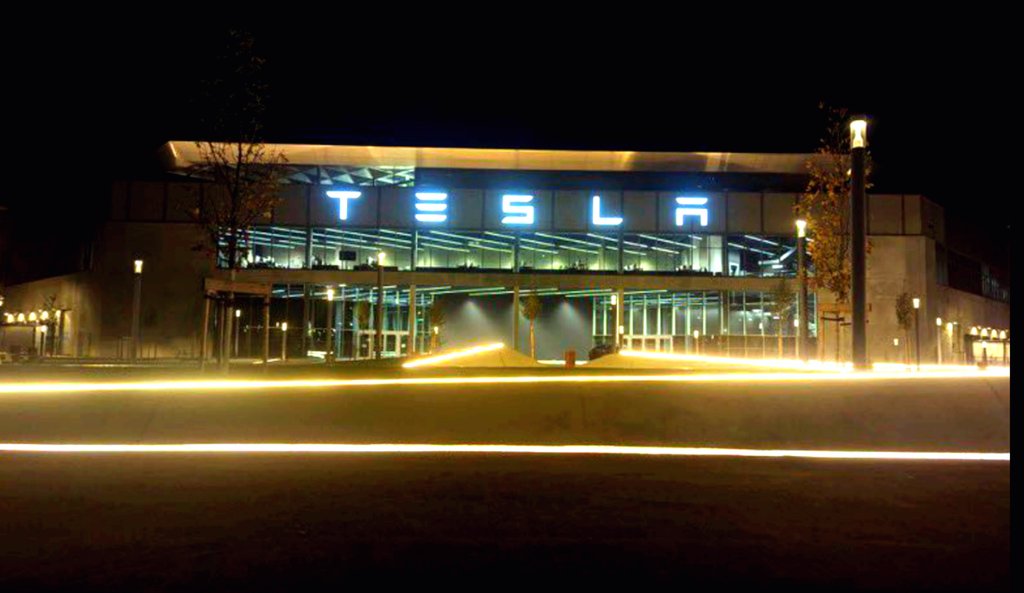
A plant manager at a Tesla factory just tipped off the fact that the company will begin production of an affordable model in the coming weeks, all but confirming that a new car will be unveiled tomorrow.
Tesla has been teasing some kind of product unveiling for October 7 on its social media accounts. It has now dropped two separate indications that a new product is coming on its X account.
Fans have been anticipating two things: either the company’s planned affordable model, which has been codenamed “E41,” or the Roadster, a long-awaited vehicle that Tesla has kept under wraps for much longer than it would likely care to admit.
Tesla all but confirms that affordable Model Y is coming Tuesday
André Thierig, Tesla’s plant manager at the German production plant Gigafactory Berlin, tipped off what is likely coming tomorrow at the product unveiling as he revealed during an internal event today that a light version of the Model Y will begin series production and deliveries “in a few weeks.”
Thierig’s revealing of plans was reported by Handelsblatt, a German media outlet.
The description of a “light version of the Model Y” aligns with what CEO Elon Musk said earlier this year, as well as what we have seen on public roads, both covered and uncovered.
Last week, we finally saw an uncovered version of what the affordable model likely is, as it was cruising around near Gigafactory Texas, just outside of Austin.
Tesla coding shows affordable model details, including potential price
Musk said earlier this year, candidly during an Earnings Call, that the affordable model Tesla planned to release was a Model Y.
“It’s just a Model Y. Let the cat out of the bag there,” Musk said.
The images of what we assumed to be the affordable model lined up with Musk’s candid statement:
🚨 It looks like the new affordable Tesla Model Y was spotted near Giga Texas
Model Y body with the Model 3 fascia, no glass roof, and looks as if there is a front bumper camera!
Should be coming soon! https://t.co/UAXQMHjM23 pic.twitter.com/9lC5te9GnW
— TESLARATI (@Teslarati) October 3, 2025
Tesla is expected to unveil its affordable model tomorrow during the planned event, which has been teased twice. Pricing and other details are still pending, but the company is expected to reveal this information tomorrow.
News
Three things Tesla needs to improve with Full Self-Driving v14 release
These are the three things I’d like to see Tesla Full Self-Driving v14 improve.
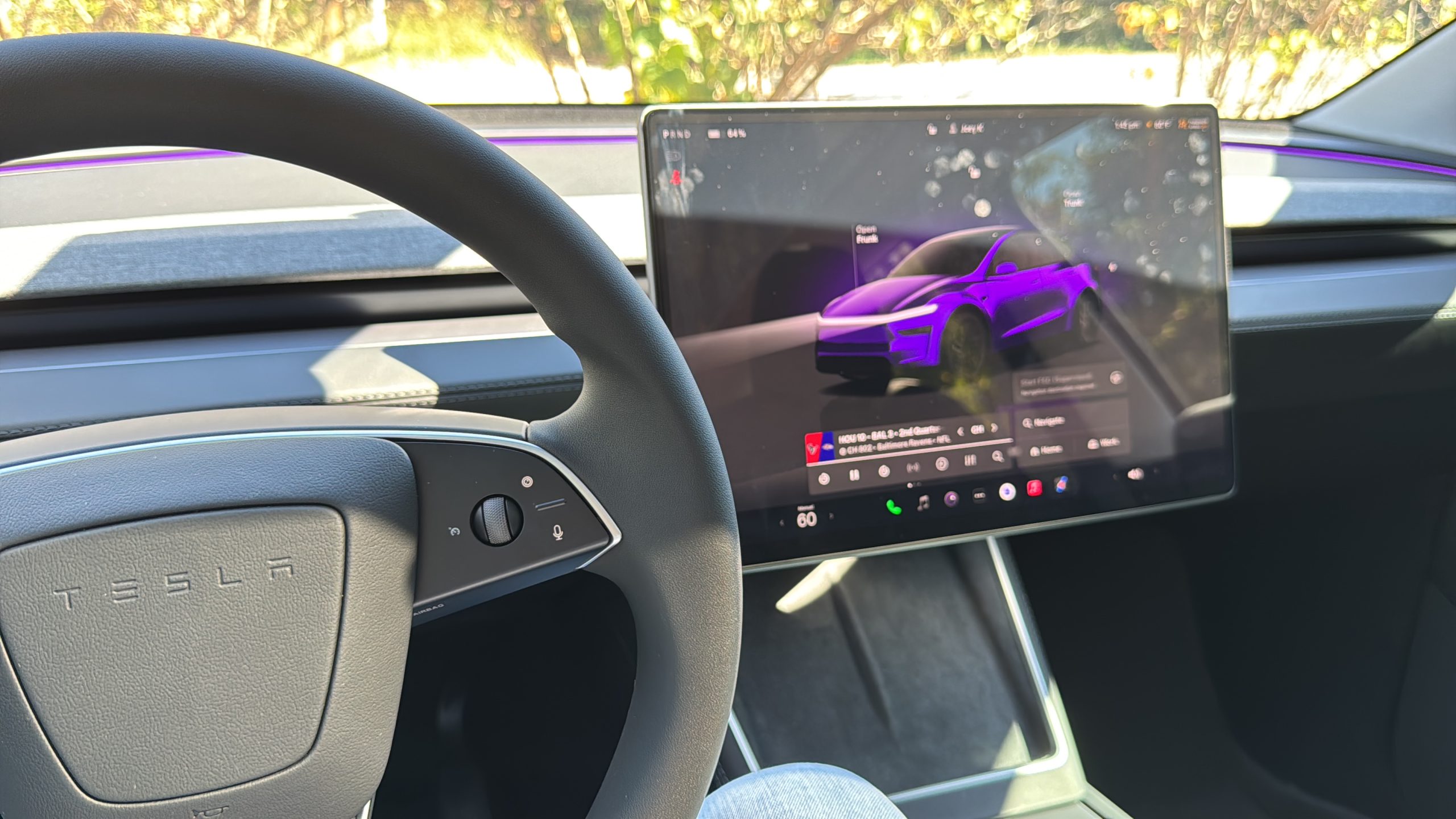
As Tesla plans to release Full Self-Driving version 14 this week after CEO Elon Musk detailed a short delay in its rollout, there are several things that continue to plague what are extremely well-done drives by the suite.
Tesla Full Self-Driving has truly revolutionized the way I travel, and I use it for the majority of my driving. However, it does a few things really poorly, and these issues are consistent across many drives, not just one.
Tesla Full Self-Driving impressions after three weeks of ownership
Musk has called FSD v14 “sentient” and hinted that it would demonstrate drastic improvements from v13. The current version is very good, and it commonly performs some of the more difficult driving tasks well. I have found that it does simple, yet crucial things, somewhat poorly.
These are the three things I’d like to see Tesla Full Self-Driving v14 improve.
Navigation, Routing, and Logical Departure
My biggest complaint is how poorly the navigation system chooses its route of departure. I’ve noticed this specifically from where I Supercharge. The car routinely takes the most illogical route to leave the Supercharger, a path that would require an illegal U-turn to get on the correct route.
I managed to capture this yesterday when leaving the Supercharger to go on a lengthy ride using Full Self-Driving:
You’ll see I overrode the attempt to turn right out of the lot by pushing the turn signal to turn left instead. If you go right, you’ll go around the entire convenience store and end up approaching a traffic light with a “No U-Turn” sign. The car has tried to initiate a U-turn at this light before.
If you’re attempting to get on the highway, you simply have to leave the convenience store on a different route (the one I made the vehicle go in).
It then attempted to enter the right lane when the car needed to remain in the left lane to turn left and access the highway. I manually took over and then reactivated Full Self-Driving when it was in the correct lane.
To achieve Unsupervised Full Self-Driving, such as navigating out of a parking lot and taking the logical route, while also avoiding illegal maneuvers, is incredibly crucial.
Too Much Time in the Left Lane on the Highway
It is illegal to cruise in the left lane on highways in all 50 U.S. states, although certain states enforce it more than others. Colorado, for example, has a law that makes it illegal to drive in the left lane on highways with a speed limit of 65 MPH or greater unless you are passing.
In Florida, it is generally prohibited to use the left lane unless you are passing a slower vehicle.
In Pennsylvania, where I live, cruising in the left lane is illegal on limited-access highways with two or more lanes. Left lanes are designed for passing, while right lanes are intended for cruising.
Full Self-Driving, especially on the “Hurry” drive mode, which drives most realistically, cruises in the left lane, making it in violation of these cruising laws. There are many instances when it has a drastic amount of space between cars in the right lane, and it simply chooses to stay in the left lane:
The clip above is nearly 12 minutes in length without being sped up. In real-time, it had plenty of opportunities to get over and cruise in the left lane. It did not do this until the end of the video.
Tesla should implement a “Preferred Highway Cruising Lane” option for two and three-lane highways, allowing drivers to choose the lane that FSD cruises in.
It also tends to pass vehicles in the slow lane at a speed that is only a mile an hour or two higher than that other car.
This holds up traffic in the left lane; if it is going to overtake a vehicle in the right lane, it needs to do it faster and with more assertiveness. It should not take more than 5-10 seconds to pass a car. Anything longer is disrupting the flow of highway traffic.
Parking
Full Self-Driving does a great job of getting you to your destination, but parking automatically once you’re there has been a pain point.
As I was arriving at my destination, it pulled in directly on top of the line separating two parking spots. It does this frequently when I arrive at my house as well.
Here’s what it looked like yesterday:
Parking is one of the easier tasks Full Self-Driving performs, and Autopark does extremely well when the driver manually chooses the spot. I use Autopark on an almost daily basis.
However, if I do not assist the vehicle in choosing a spot, its performance pulling into spaces is pretty lackluster.
With a lot of hype surrounding v14, Tesla has built up considerable anticipation among owners who want to see FSD perform the easy tasks well. As of now, I believe it does the harder things better than the easy things.
Elon Musk
Elon Musk teases previously unknown Tesla Optimus capability
Elon Musk revealed over the weekend that the humanoid robot should be able to utilize Tesla’s dataset for Full Self-Driving (FSD) to operate cars not manufactured by Tesla.
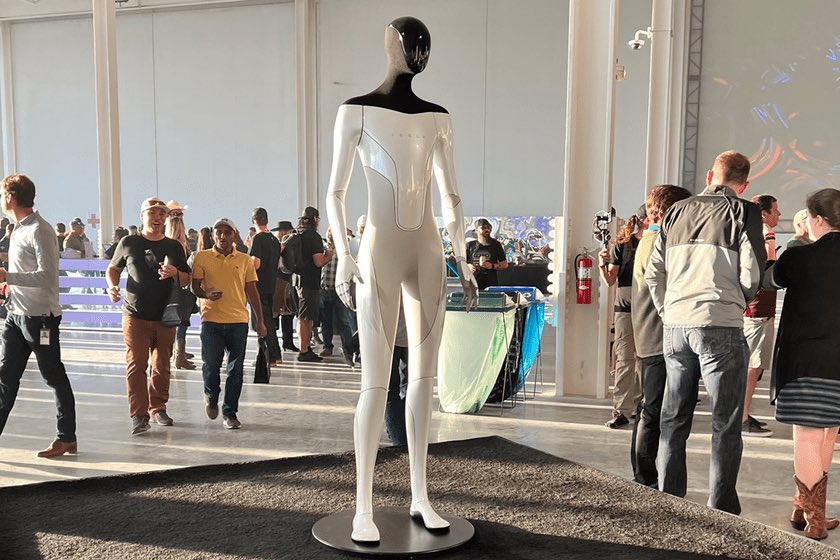
Elon Musk revealed a new capability that Tesla Optimus should have, and it is one that will surely surprise many people, as it falls outside the CEO’s scope of his several companies.
Tesla Optimus is likely going to be the biggest product the company ever develops, and Musk has even predicted that it could make up about 80 percent of the company’s value in the coming years.
Teasing the potential to eliminate any trivial and monotonous tasks from human life, Optimus surely has its appeal.
However, Musk revealed over the weekend that the humanoid robot should be able to utilize Tesla’s dataset for Full Self-Driving (FSD) to operate cars not manufactured by Tesla:
Probably
— Elon Musk (@elonmusk) October 5, 2025
FSD would essentially translate from operation in Tesla vehicles from a driverless perspective to Optimus, allowing FSD to basically be present in any vehicle ever made. Optimus could be similar to a personal chauffeur, as well as an assistant.
Optimus has significant hype behind it, as Tesla has been meticulously refining its capabilities. Along with Musk’s and other executives’ comments about its potential, it’s clear that there is genuine excitement internally.
This past weekend, the company continued to stoke hype behind Optimus by showing a new video of the humanoid robot learning Kung Fu and training with a teacher:
🚨 Some have wondered if this is ‘staged’ or if Optimus is teleoperated here
Elon Musk said this is completely AI https://t.co/N69uDD6OVM
— TESLARATI (@Teslarati) October 4, 2025
Tesla plans to launch its Gen 3 version of Optimus in the coming months, and although we saw a new-look robot just last month, thanks to a video from Salesforce CEO and Musk’s friend Marc Benioff, we have been told that this was not a look at the company’s new iteration.
Instead, Gen 3’s true design remains a mystery for the general public, but with the improvements between the first two iterations already displayed, we are sure the newest version will be something special.
-
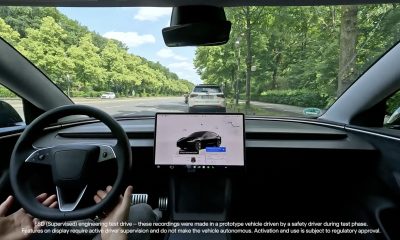
 Elon Musk2 weeks ago
Elon Musk2 weeks agoTesla FSD V14 set for early wide release next week: Elon Musk
-
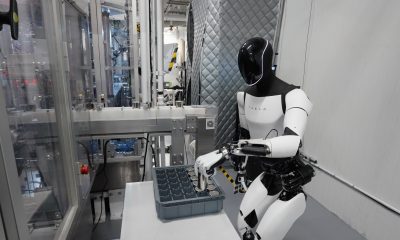
 News1 week ago
News1 week agoElon Musk gives update on Tesla Optimus progress
-
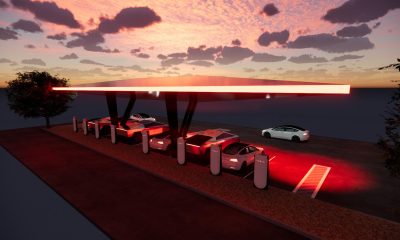
 News2 weeks ago
News2 weeks agoTesla has a new first with its Supercharger network
-
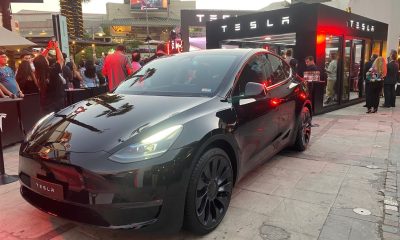
 News2 weeks ago
News2 weeks agoTesla job postings seem to show next surprise market entry
-
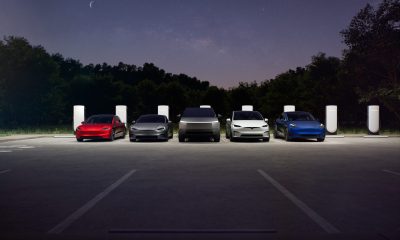
 News2 weeks ago
News2 weeks agoTesla makes a big change to reflect new IRS EV tax credit rules
-
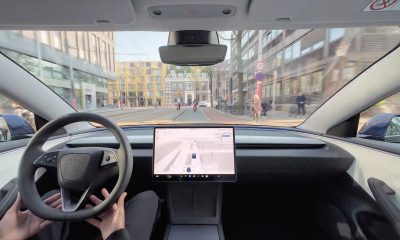
 Investor's Corner1 week ago
Investor's Corner1 week agoTesla gets new Street-high price target with high hopes for autonomy domination
-
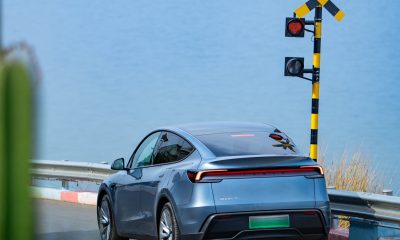
 Lifestyle1 week ago
Lifestyle1 week ago500-mile test proves why Tesla Model Y still humiliates rivals in Europe
-
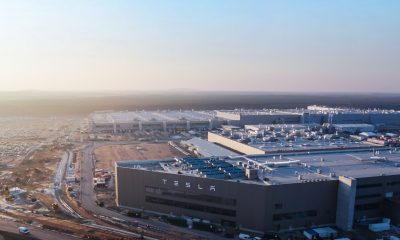
 News1 week ago
News1 week agoTesla Giga Berlin’s water consumption has achieved the unthinkable



